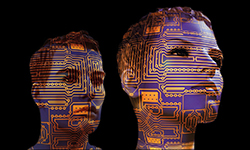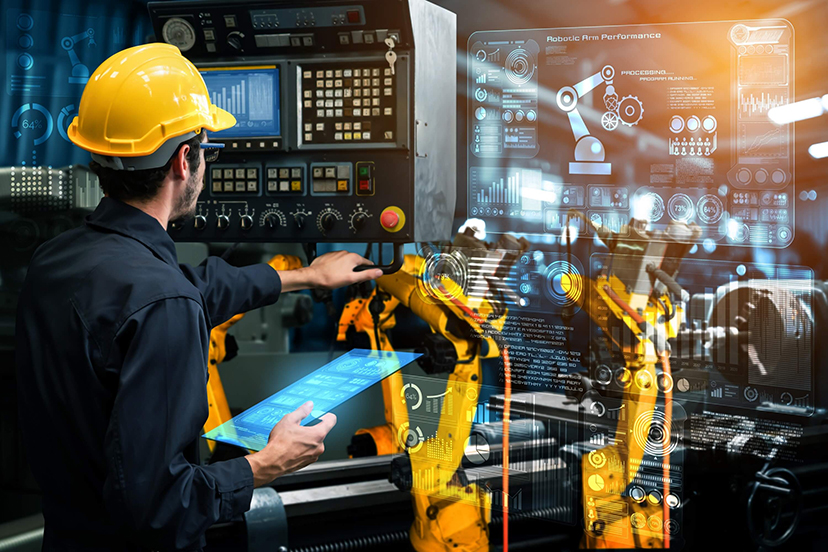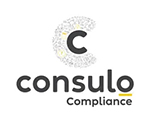In the fast-paced world of automotive manufacturing and research, the health and safety of workers has always been paramount. However, the industry is witnessing a revolutionary shift, not only in how cars are designed and driven but also in how workplaces are becoming safer and healthier. Compliance expert Adam Fox explains.

THANKS to advancements in automotive technology, innovations that are transforming our vehicles are also enhancing workplace safety. This article delves into the symbiotic relationship between automotive innovations and health and safety practices, highlighting how the industry’s future is faster, cleaner and safer.
The journey of automotive safety technologies has been marked by continuous innovation, from the introduction of seat belts and airbags to the development of advanced driver-assistance systems and autonomous vehicles.
Each milestone reflects a blend of regulatory pressures, technological breakthroughs and consumer demands for safer driving experiences. Yet the impact of these innovations also influences the environments where they are created and maintained.
Automotive’s embrace of cutting-edge technologies is making workplaces safer. Automated Guided Vehicles are taking over some of the most hazardous tasks, transporting heavy parts across manufacturing plants and reducing the physical strain on workers. Wearable technology is another game-changer, enabling real-time monitoring of workers’ health and the conditions they work in, preventing overexposure to dangerous substances and ergonomic injuries.
Perhaps most strikingly, the use of exoskeletons in assembly lines is mitigating the risk of musculoskeletal disorders, supporting workers as they perform repetitive tasks and reducing fatigue.
The shift towards electric vehicles is a win both for the environment and for worker health and safety. The production and maintenance of electric vehicles expose workers to fewer toxic emissions and lower levels of noise pollution compared to their fossil fuel-powered counterparts. However, they also introduce new challenges, such as the handling of high-voltage battery systems, underscoring the importance of specialised training to ensure safety.
Nevertheless, the net effect of the industry’s pivot to electric is a cleaner, quieter, healthier workplace.
As automotive technologies advance so must the training and education. The industry is developing customised training programmes to equip workers with the skills needed to safely manage new technologies.
Virtual reality and augmented reality are at the forefront of this educational evolution, offering risk-free environments for workers to learn and practise new procedures. This innovative approach to training not only enhances safety but also accelerates the learning process, allowing workers to adapt quickly to the industry’s rapid advancements.

The future of health and safety in the automotive industry appears even more promising. The advent of fully autonomous vehicles promises to reduce the need for human involvement in high-risk testing and transportation tasks, potentially eliminating a significant source of workplace hazards.
The integration of artificial intelligence into safety protocols could revolutionise the way hazards are monitored and predicted, making workplaces reactive, predictive environments where potential risks are addressed before they can cause harm.
Automotive’s journey towards safer workplaces, driven by technological innovation, reflects a broader commitment to the well-being of its workforce. The advancements in vehicle safety technologies, the transition to electric vehicles and the innovative approaches to training and education are fostering a safer, healthier working environment.
As the industry continues to evolve, the symbiosis between automotive innovations and workplace safety practices promises to protect and enhance the lives of workers worldwide.
The drive towards a safer future is not just about complying with regulations or meeting production targets; it is about redefining what it means to work in the automotive industry. By prioritising health and safety through the adoption of innovative technologies, the industry is improving both the quality of its products and the lives of those who create them.
The transformation of the automotive industry into a safer, healthier place to work is an ongoing journey that requires the participation and support of everyone involved. From industry leaders and safety professionals to the workers on the factory floor, each plays a crucial role in driving safety forward.
By staying informed about the latest trends, engaging in safety training and advocating for the adoption of innovative technologies that protect and enhance worker health, we can ensure that automotive’s future is not only more sustainable and efficient but safer for everyone involved.
Adam Cox is director of Consulo Compliance.




